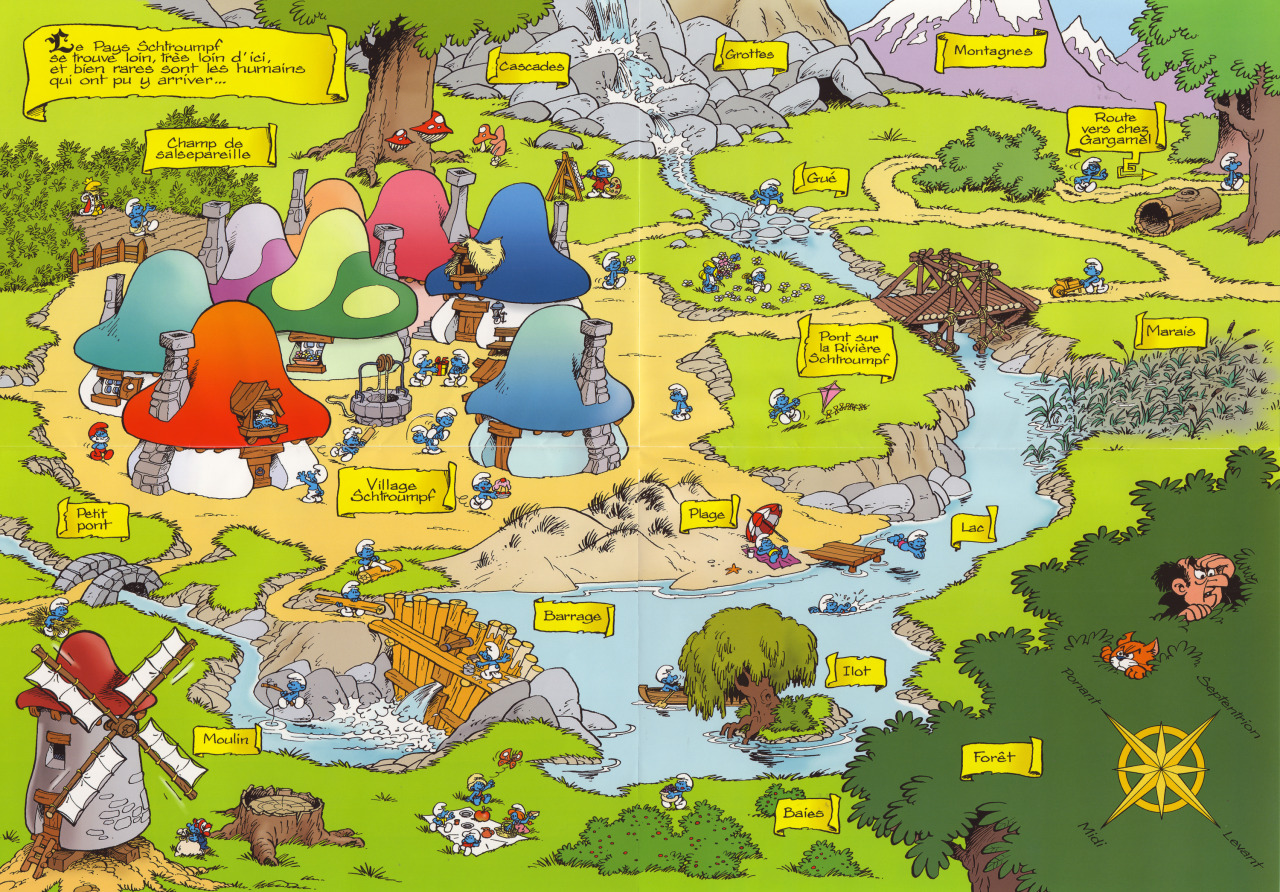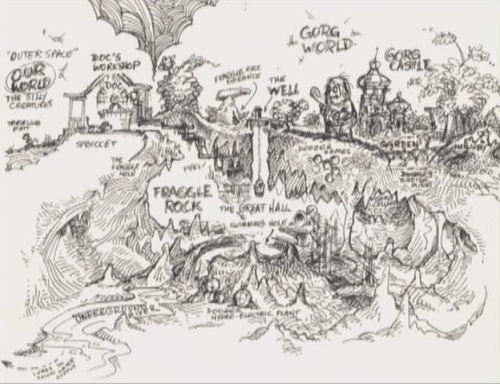I just picked up the Dungeon Master's Guide from the local gaming store last night (paying twice as much as I would have paid on Amazon, but the twin desires to support local business and have it right then won out), so I have had a chance to get into it any any detail, but on an initial flip-through, a few things are apparent:
- The contents are nice in the abstract, but their development isn't quite what I would have liked in several places. It's all well and good to say you can give XP for things other than killing monsters, but more robust guidelines would have been nice. Likewise with new race creation, since the races in the PHB seem to be built with some ideas of balance in mind, more specific guidelines would have been nice. I don't need a book to tell me I can make up stuff beyond what's in the book--but I'm probably not the audience for that sort of advice.
- In contrast to the race creation "rules," the monster creation stuff seems to be well done and reasonably detailed without going overboard.
- I like the sections on playing D&D in different genres of fantasy, but neither the genres nor the audience is served by having all of the examples be from D&D tie-in novels. I'm not against including those for commercial reasons, but having those be the only ones given seems a bit crass.
- I like the number of variety of variant rules, though I don't know that I'll use any of them.


















